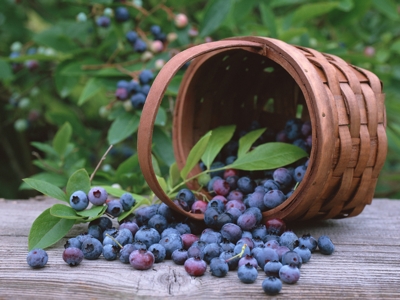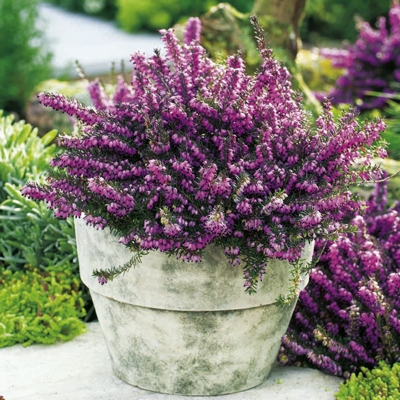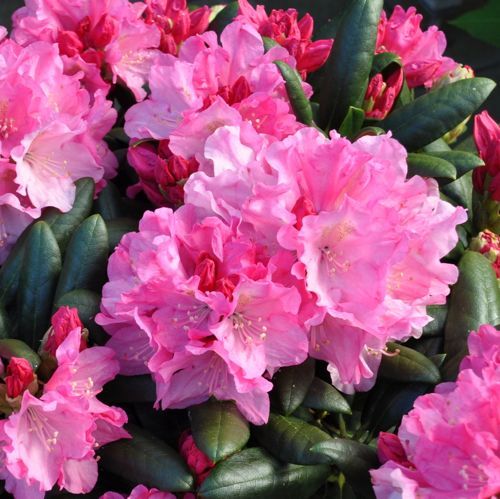Growing & Using Blueberries

Growing and Using Blueberries
We’ve all seen blueberries, small, bluish-purple fruit, often described as a ‘superfood’ because of the range of antioxidants that they contain. But is it possible to grow your own in the UK? The answer is yes, it is entirely possible, although they do need some care.
How to Grow Blueberries?
First of all, blueberries like very acidic soil. Since most soil is more or less neutral, that means that most garden soil is not suitable, and you’ll therefore need to grow them in pots in ericaceous compost. You can buy compost from most garden centres and compost suppliers. When you first plant your blueberry, choose a container that is about 30cm in diameter, and be prepared to move it to a larger one in a few years’ time.
Secondly, although there are several types of blueberry that are marketed as ‘self-fertile’, some need another cultivar nearby. And whether self-fertile or not, your crop will be much better if you grow two different cultivars close together. This is not hard, as there are plenty of different varieties out there, but check the labels carefully to make sure.

Thirdly, you’ll need to provide food and water. Make sure the pot doesn’t dry out, watering with rainwater if possible. Of course in a drought, any water is better than none, but do try not to use tapwater if you can avoid it. Feed each month with an ericaceous fertiliser. The fruit ripens in stages, so you will need to pick it as it ripens. You may find that you need to net the bushes to protect them from birds, who seem to find blueberries almost irresistible.
Things to do with Blueberries
Blueberries freeze very well, so you don’t have to worry if you can’t eat them fast enough. If you pop each picking into a freezer container, you can keep adding to it, and you will soon have enough for some great recipes. You can usually cook with them straight from the freezer, even if the recipe doesn’t specifically say that, although you may need to give cakes and muffins a bit longer than the recommended baking time to take account of the fruit being frozen.
Blueberry muffins are a really good use of frozen or fresh blueberries, and there are plenty of recipes out there. My personal favourite is Nigella Lawson’s recipe, because it is very quick and easy to make, but Paul Hollywood of The Great British Bake Off also has a good recipe on the BBC Good Food site. You can also add blueberries to pancake batter for both crepes or Scotch pancakes. It’s an excellent way of getting of your five a day, and with home-grown blueberries, you won’t even feel guilty about the cost!

Read more …Growing & Using Blueberries





